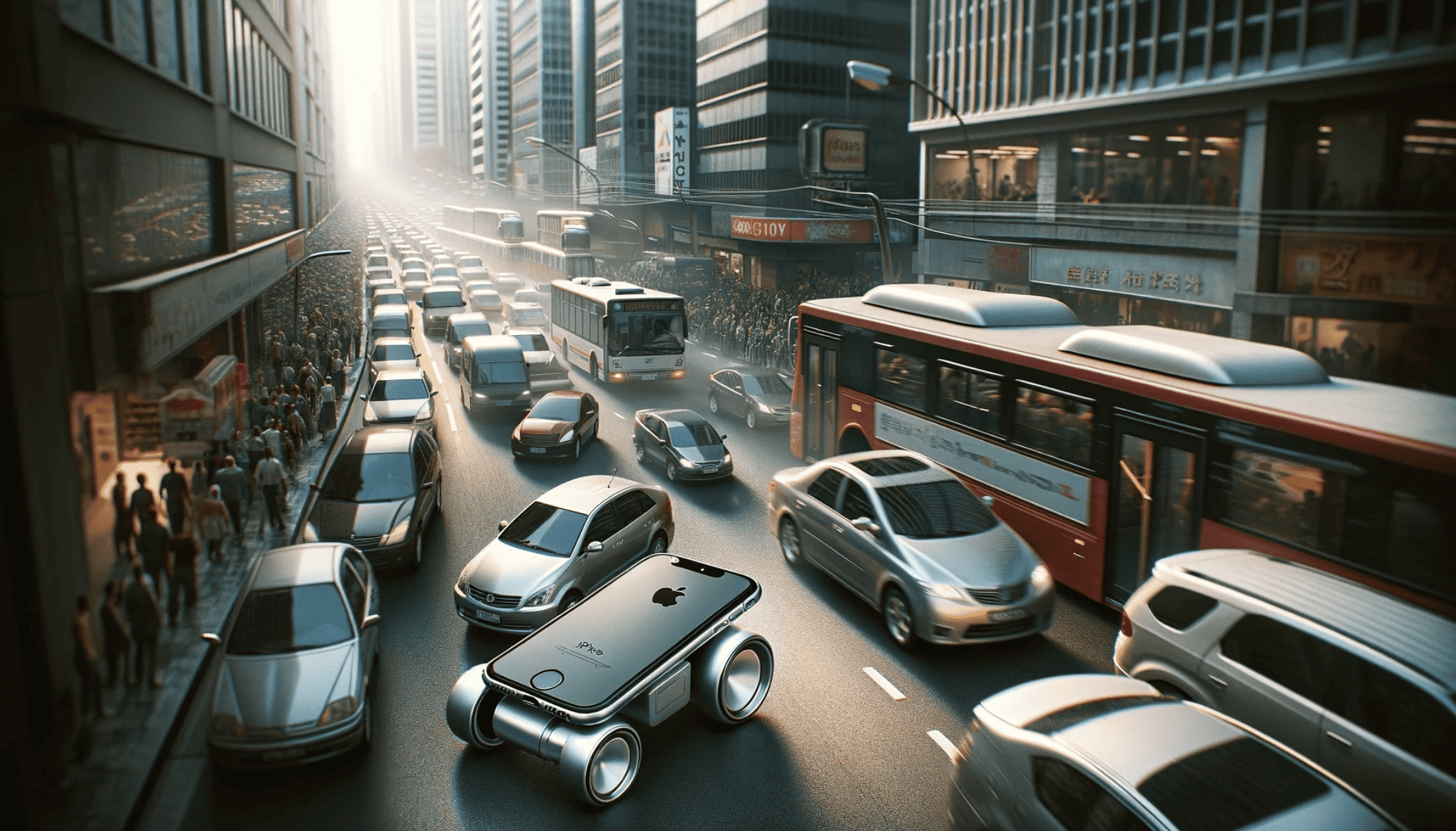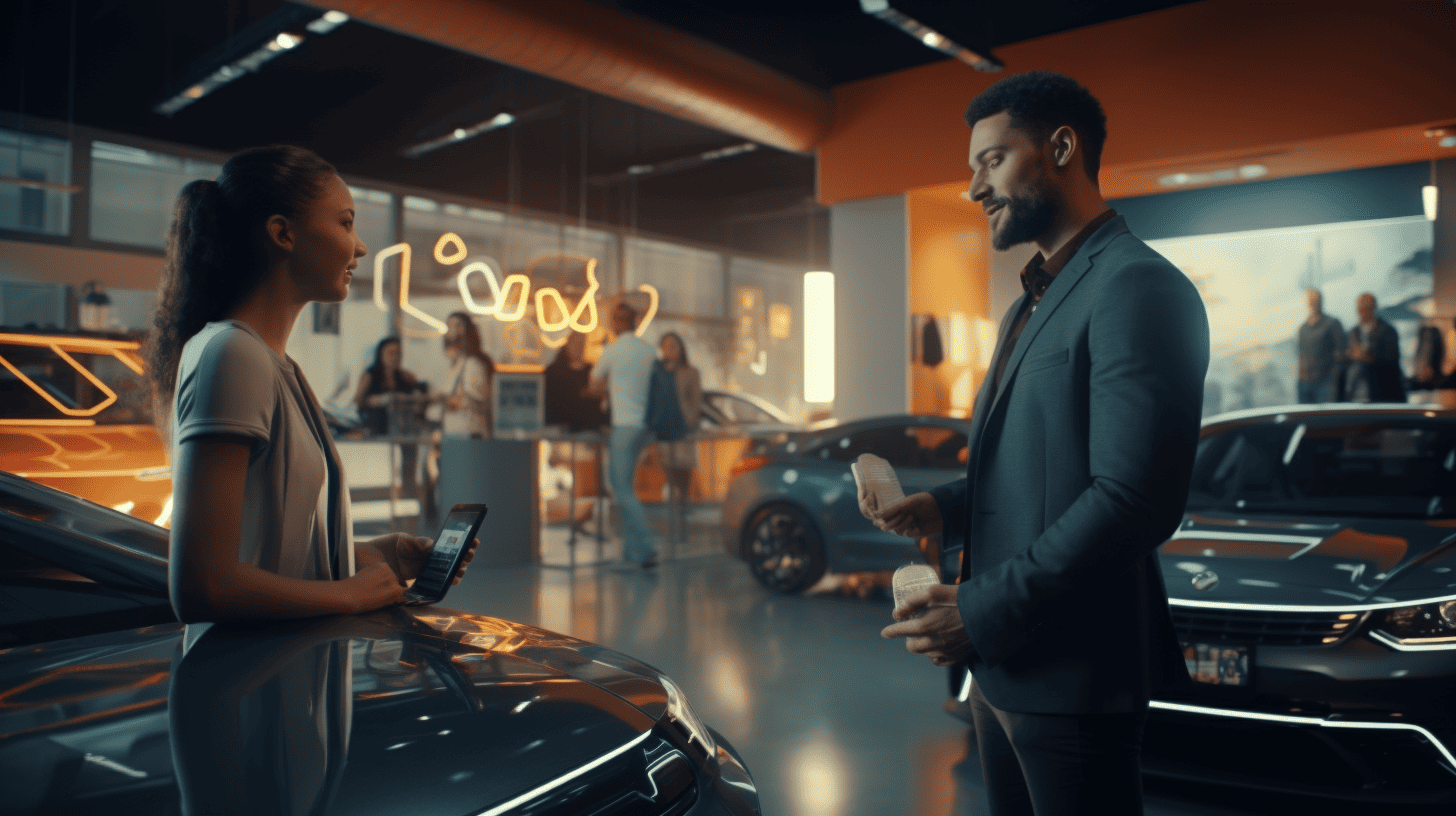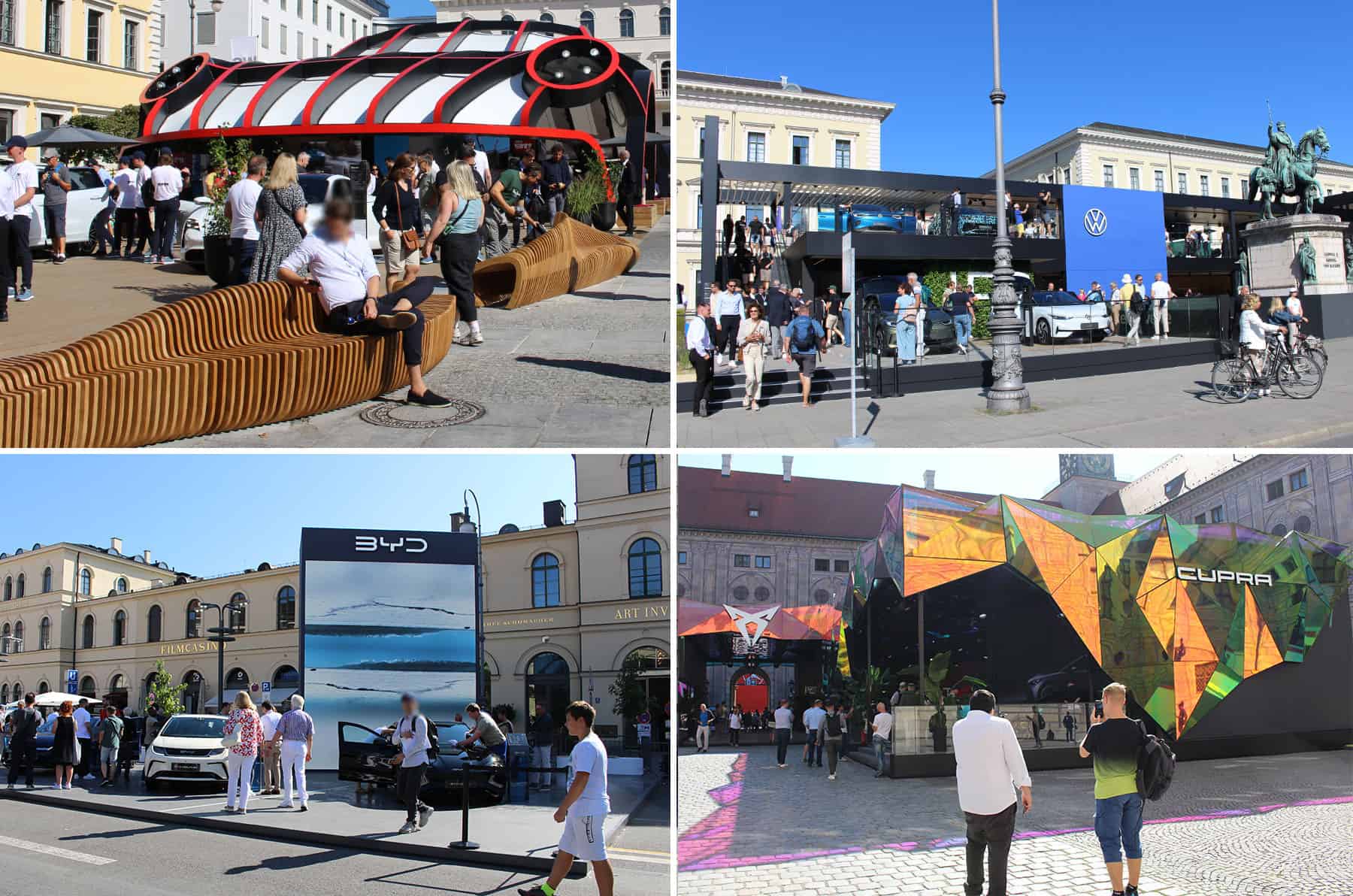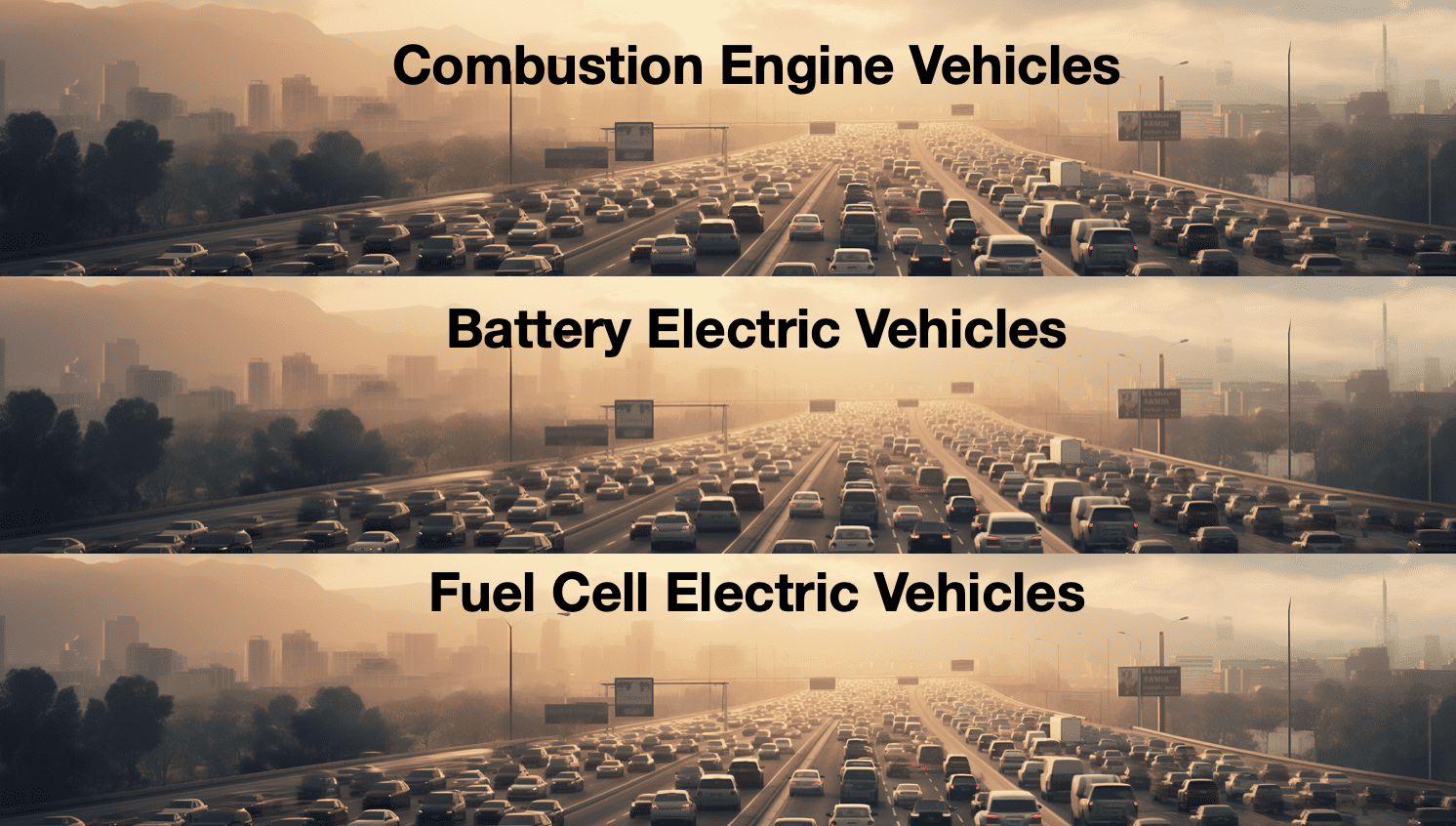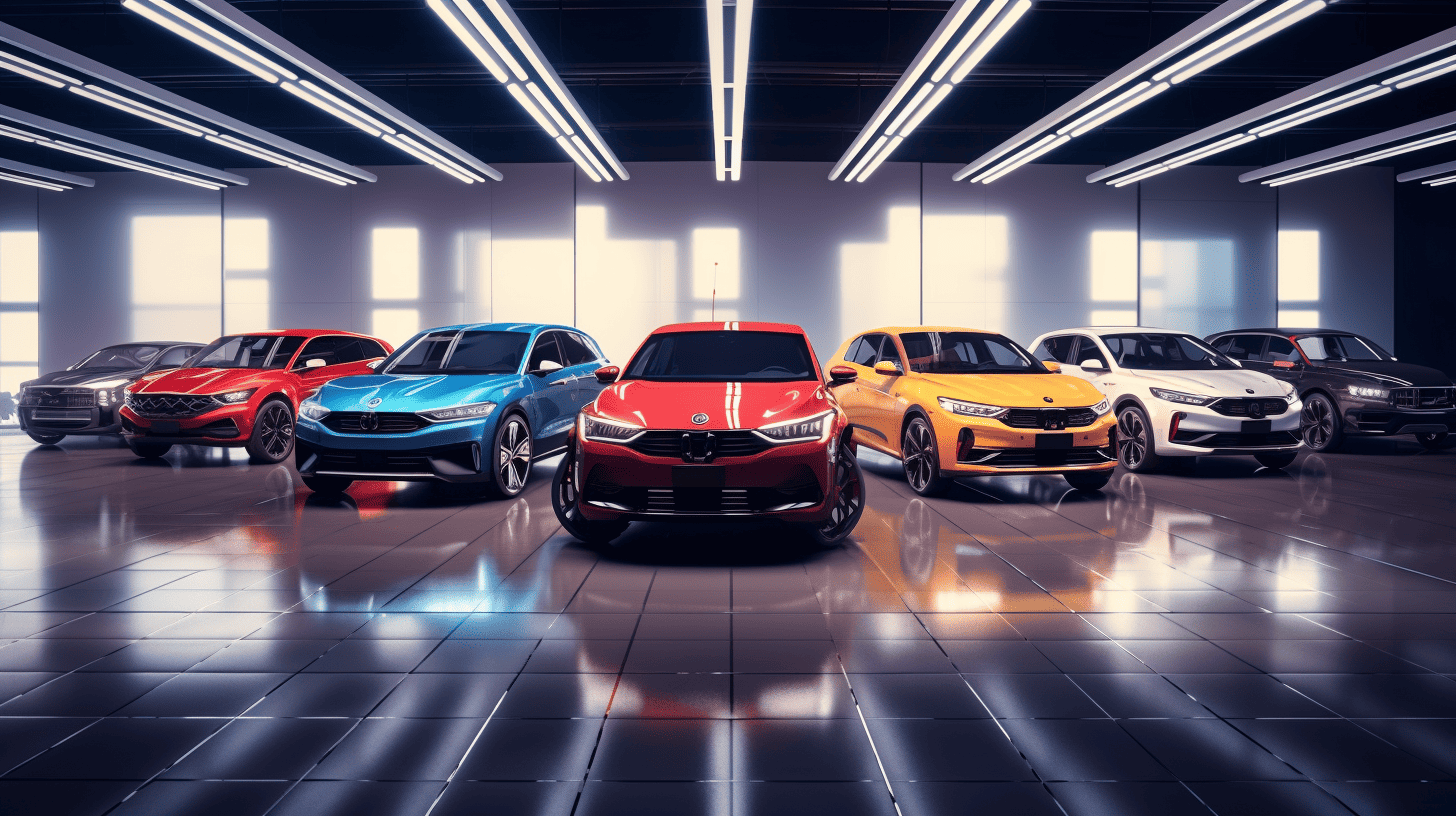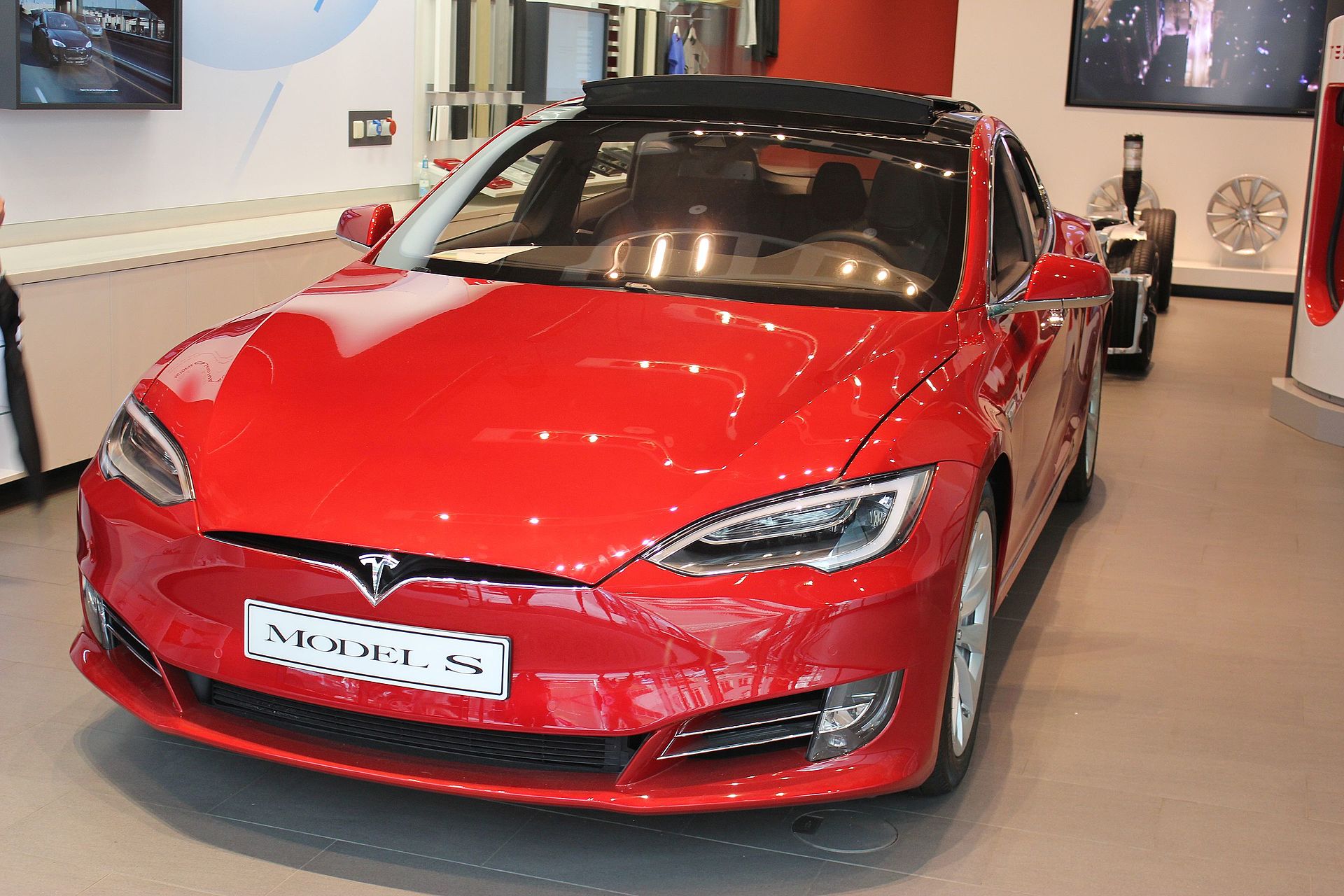
What a strange question, you are probably thinking. The 21st century is already more than 20 years old. And yet, with the advent of electromobility and especially Tesla, the rules of the game for classic car manufacturers have changed fundamentally. German OEMs in particular have hesitated here for a long time, perhaps too long.
An old guard of engineers at the German premium manufacturers prevented a faster transformation. Among them, for example, was the engineer Klaus Fröhlich, the long-replaced head of development at BMW. Last year, shortly before he was replaced, he was still talking about the alternative of hydrogen in passenger cars. In the meantime, the Munich-based company is trying to make up ground with the iX and i4.
The management of Mercedes-Benz has also undergone a radical change in strategy. When VW CEO Herbert Diess announced the triumph of electromobility at the end of 2019, the other German OEMs including Daimler just stubbornly waved it off.
Also interesting: Seven scenarios for sustainable mobility
At the time, this manifested itself in fierce tensions in the trade association, the VDA (German Association of the Automotive Industry). The magic word was “technology openness,” meaning “hydrogen” including e-fuels. Behind closed doors, Herbert Diess’ plans for a modern company were declared crazy.
So they took their time up until mid-2020 and concentrated on what they had been doing for years: building good combustion engines. Then came Corona, sales collapsed, but sales of electric vehicles increased.
And suddenly, profits are shooting up.
At that time, Tesla, which had been ridiculed until then, was making mini-profits (after years of huge losses), and even in terms of unit sales, there was hardly any danger from the U.S.

This is likely to have changed radically as of a few days ago. Tesla was virtually “ennobled” by the car rental company Hertz, itself almost bankrupt a few months ago. A total of 100,000 Model 3s are to be incorporated into the rental car fleet by the end of 2022. The share of electric vehicles would then be around 20 percent.
That’s not all. In September 2021, the Model 3 was the best-selling passenger car in Europe (in 18 countries), according to JATO Dynamics; in Germany, it overtook Audi, BMW and Mercedes in unit sales of the upper midsize class in the same month. Previous ( powerful) buyers of the Audi A4, BMW three-series and Mercedes C-Class clung to their narrative of the “U.S. outsider.”
Chip and the supply chain crisis
The excuse of the German managers: the chip and supply chain crisis. But in actual fact, they have not done their homework, because Tesla just published the largest quarterly profit in the company’s history – despite all the crises. One key figure showed the biggest lead over the Germans: Tesla’s gross margin of over 30%. Such margins are more common among IT companies than among automakers. Which brings us to the topic at hand: Tesla is a child of the “digital” 21st century.
All this catapulted the Californians into the trillionaire club of global companies, where Apple, Alphabet and Microsoft cavort. In the meantime, the stock market value of the electric car manufacturer has increased to more than US$1 trillion as of October 25, according to wolfstreet.com. That’s the stock market value of all German OEMs combined, plus the stock market values of Toyota, BYD, GM, Ford, Stellantis, Honda and SAIC.
“Could’ve, would’ve, should’ve”
Against this backdrop, Daimler should be biting the proverbial bullet, because under former boss Zetsche, the company sold four percent of its shares in 2014 for €780 million. At the time, this was considered a clever deal. Today, these four percent would be worth around US$40 billion, almost half of the stock market value of Daimler AG today.
In addition to the financial mistake, increasing its stake in Tesla would probably also have given Daimler a technological edge. Water under the bridge.
Let’s get back to the question of whether German OEMs can still make the leap into the 21st century. And again you will say: why not, everybody gets it now, don’t they? True. If you focus only on Tesla.
China prepares to storm the bulwark of Europe
At the moment, however, a number of Chinese start-ups and car manufacturers are gearing up to storm the European bulwark. BYD, NIO, ZEEKR, XPENG to name just a few, are offering electric cars with clever digital technology and large battery capacities at competitive prices. The current test market in Norway will show how difficult it will be for German OEMs in the future.
And more and more (Norwegian) testers are noticing that the quality of the electric cars from the Far East is also rapidly approaching that of the German premium manufacturers.
It seems as though German OEMs still believe that the current development speed is sufficient. That may have been the case in the last century. But in the 21st century, others are setting the pace.
Read Bernd Maier-Leppla’s other columns here.
About this column:
In a weekly column, alternately written by Bert Overlack, Eveline van Zeeland, Eugene Franken, Helen Kardan, Katleen Gabriels, Carina Weijma, Bernd Maier-Leppla and Colinda de Beer, Innovation Origins tries to figure out what the future will look like. These columnists, sometimes joined by guest bloggers, are all working in their own way to find solutions to the problems of our time. So tomorrow will be good. Here are all the previous articles.



